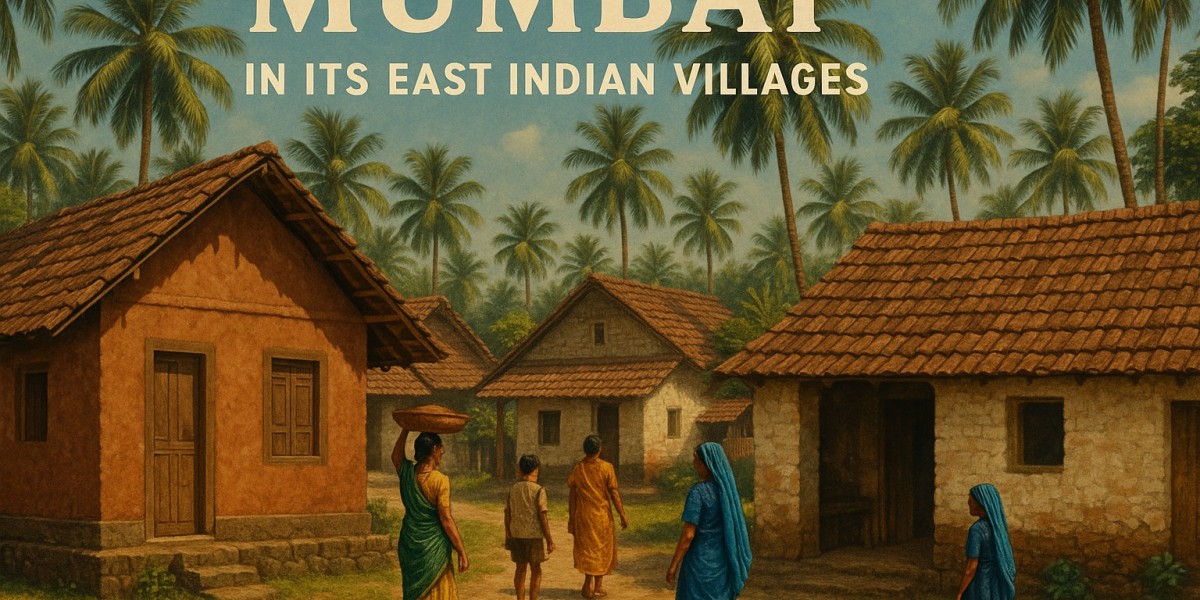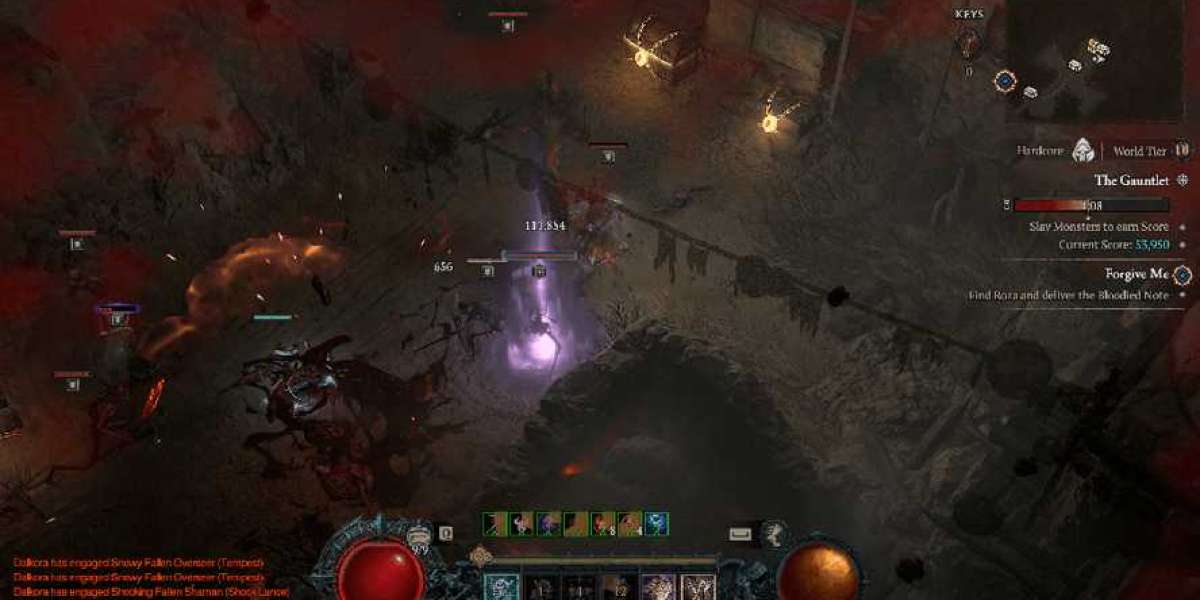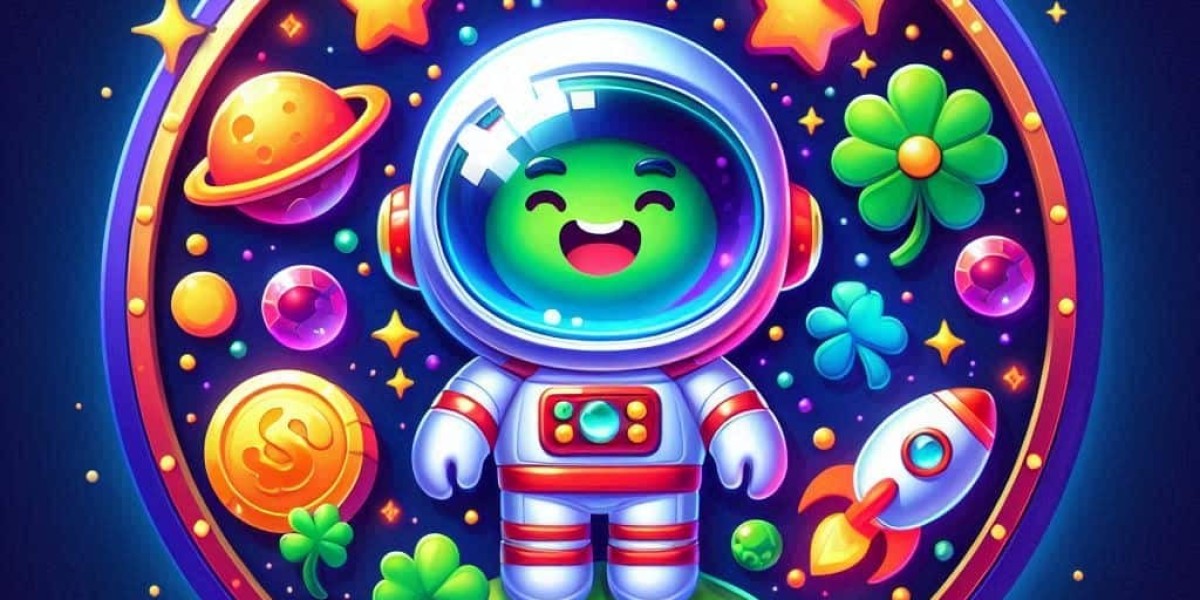Mumbai, a city synonymous with towering skyscrapers, bustling film sets, and a relentless pace, often keeps its deepest secrets close to its heart. Beyond the glitzy facade of Marine Drive and the iconic Gateway of India, lies a tapestry of ancient settlements, historical villages in Mumbai, that whisper tales of a bygone era. These are the East Indian villages in Mumbai, known locally as 'Gaothans' – the ancestral homes of the indigenous East Indian Catholic community, a vibrant people whose roots trace back centuries, long before Mumbai became the metropolis it is today.
As of mid-2025, a concerted effort by bodies like the Mobai Gaothan Panchayat (MGP) through their 'Smart Gaothan Project' aims to revive and preserve the unique architectural and cultural identity of these hamlets (Hindustan Times, January 2, 2025). Recently, the community also met in Uttan to chart a roadmap for preserving their distinct culture, language, and heritage (Free Press Journal, July 16, 2025). For the discerning traveler, the history buff, or anyone seeking an authentic cultural experience, these Gaothans are Mumbai’s living museums, perfect for slow travel and cultural immersion.
1. The Genesis: Who are Mumbai's East Indian Community?
The East Indian community in Mumbai are not, as their name might suggest, from eastern India. They are the indigenous Roman Catholics of the North Konkan region, encompassing present-day Mumbai, Thane, and parts of Raigad. Their story is intertwined with the arrival of Portuguese missionaries in the 16th century, who converted the local Kolis, Agris, Vadvals, and other native communities to Catholicism. They adopted the name "East Indians" in 1887 to distinguish themselves from other Catholic communities (like the Goan Catholics) and assert their identity as the original Christian inhabitants of Bombay, loyal subjects to the British East India Company.
Their ancestry, however, stretches back much further, with some tracing conversions to the early centuries CE by missionaries from the Persian Gulf or even St. Bartholomew himself. This makes them one of the oldest communities in Mumbai, deeply rooted in the soil and sea that shaped this archipelago. Their vibrant East Indian culture Maharashtra is a unique fusion of indigenous Maharashtrian traditions with Portuguese influences, seen in their dialect, cuisine, music, and customs.
2. Gaothans: Mumbai's Enduring Village Ecosystems
The term "Gaothan" literally means "village settlement." These are the original hamlets that once dotted the seven islands of Bombay and the larger Salsette region before reclamation projects merged them into the sprawling city we know. Historically, there were over 250 Gaothans across Mumbai, Thane, and Raigad. Today, many have been swallowed by urban development, but a resilient number remain – pockets of tranquility where narrow lanes, quaint bungalows, and community crosses stand as sentinels of history.
These Gaothans in Mumbai are characterized by their distinctive Indo-Portuguese architecture: charming cottages with sloping Mangalore-tiled roofs, wooden verandas, intricate arches, and vibrant facades. They are not just architectural marvels but living social structures, fostering a strong sense of community. Despite the pressures of modernization, residents continue to fight for the preservation of these unique enclaves, recognizing them as the last vestiges of Mumbai’s original identity. Recent discussions around granting extra FSI (Floor Space Index) to help accommodate growing families while preserving the Gaothan character highlight the ongoing struggle and importance of these unique spaces.
3. A Culinary Journey: East Indian Food in Mumbai
No exploration of the East Indian community is complete without a dive into their delectable cuisine. It's a flavorful testament to their mixed heritage, known for its bold spices and unique preparation methods. The star ingredient is often the famous 'Bottle Masala' – a proprietary blend of 30-32 sun-dried spices, hand-pounded to perfection, giving East Indian dishes their distinctive aroma and taste.
Must-try dishes include:
Pork Sorpotel/Vindaloo: Fiery and rich, often a staple at celebrations.
Lonvas: A thin, flavorful curry made with fish, chicken, or meat and vegetables.
Fugias: Light, fluffy, fried bread, often served with curries.
Bombil Fry: Crispy fried Bombay Duck, a local favorite.
Atola: A sweet rice dish with black-eyed beans, traditionally made during harvest festivals.
Exploring an East Indian village in Mumbai often means stumbling upon small, local eateries or even home-based kitchens offering authentic flavors that transport you straight to the heart of their culture.
4. Cultural Tapestry: Traditions and Celebrations
The East Indian community in Mumbai is renowned for its vibrant cultural practices, deeply rooted in both Catholic faith and local Maharashtrian customs. Their celebrations are a lively affair, filled with music, dance, and community spirit.
Aagera: The traditional harvest festival, a syncretic blend of native rituals and thanksgiving.
Wedding Traditions: Known for their elaborate pre-wedding ceremonies like the 'Umbrache Pani' or 'Haldi ceremony,' and brides often don the distinctive red nine-yard 'Sonkari Lugra' saree.
Festivals: Christmas is celebrated with immense fervor, with homes adorned with lights, the aroma of kulkuls and marzipan sweets filling the air, and traditional carols echoing through the villages. Feast days, like the Feast of Our Lady of Fatima in Khotachiwadi, are deeply significant community events.
Language: They speak the 'East Indian dialect' of Marathi-Konkani, a crucial element of their identity, which they have diligently preserved despite centuries of Portuguese and English influence.
These traditions are not just remnants of the past; they are actively practiced, demonstrating the community's resilience in preserving their unique identity amidst Mumbai's ever-changing landscape.
5. Where to Experience the East Indian Villages: Offbeat Places in Mumbai
To truly appreciate the East Indian community in Mumbai, venture into their preserved Gaothans. While some are facing rapid redevelopment, many still offer a glimpse into this unique heritage:
Khotachiwadi, Girgaum: Perhaps the most famous and accessible, this charming heritage precinct in South Mumbai is a tiny pocket of colorful Indo-Portuguese bungalows, narrow lanes, and a palpable sense of community. It’s a photographer’s delight and a testament to urban preservation.
Ranwar, Bandra: One of Bandra's original 24 'pakhadis' (hamlets), Ranwar is a 400-year-old East Indian Catholic village now a heritage-listed precinct. While surrounded by modern Bandra, its quaint lanes and old homes offer a peaceful retreat. The Mobai Gaothan Panchayat recently completed restoration work here, making it a prime example of preservation.
Chimbai, Bandra: A traditional Koli fishing village, home to many East Indians, offering a glimpse into their fishing heritage right by the sea. Less developed than Ranwar, it retains a rustic charm.
Culvem, Gorai, Manori, Uttan: Located in the northern suburbs and beyond, these villages offer a more rural, idyllic experience of East Indian life, with their serene beaches, old churches, and a slower pace. These are popular for weekend getaways and experiencing traditional village life.
Kurla Gaothans: Areas like the old Kurla Gaothan are also part of the East Indian heritage, though increasingly integrated into the modern urban fabric.
These are not merely tourist spots; they are vibrant, living communities. Visitors are encouraged to explore with respect, engage with locals where appropriate, and support local businesses that help preserve their unique way of life.
Mumbai's Living Museums: A Call to Explore
The East Indian villages in Mumbai offer a profound counter-narrative to the city’s concrete jungle – a story of enduring heritage, vibrant culture, and a community fiercely dedicated to its roots. These offbeat places to visit in Mumbai are an invitation to slow down, listen to the stories etched in their walls, and taste the flavors perfected over generations.
These villages are Mumbai’s living museums, perfect for slow travel and cultural immersion.
Ready to explore the soul of the city beyond its skyline? Book cheap flights to Mumbai from Atlanta with Indian Eagle and embark on an unforgettable journey into the heart of India's most diverse metropolis.








